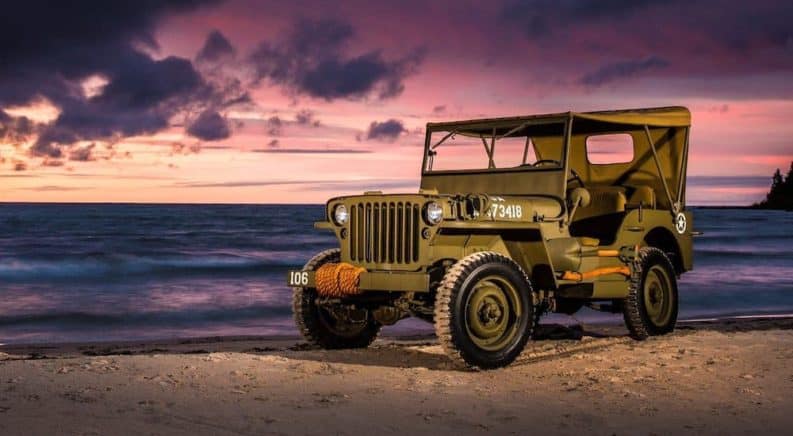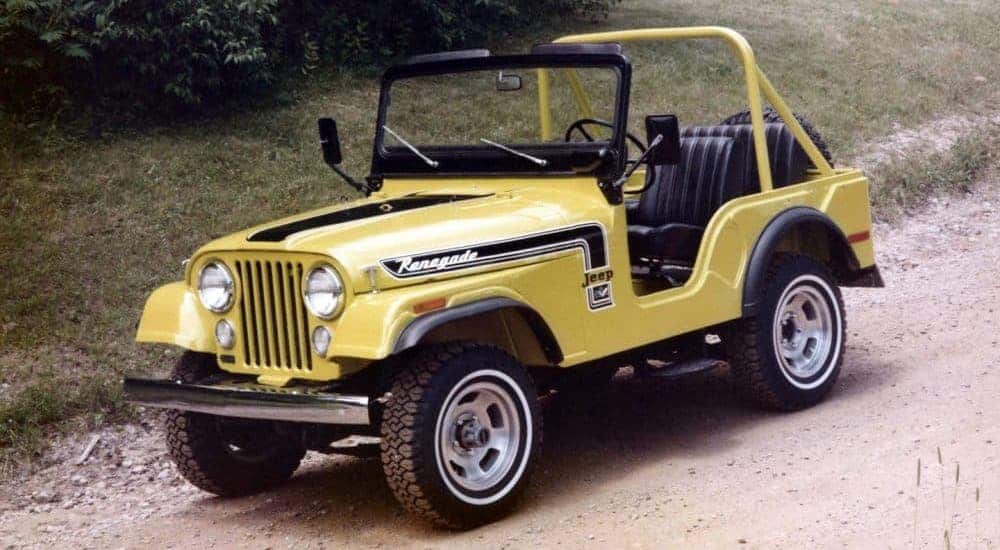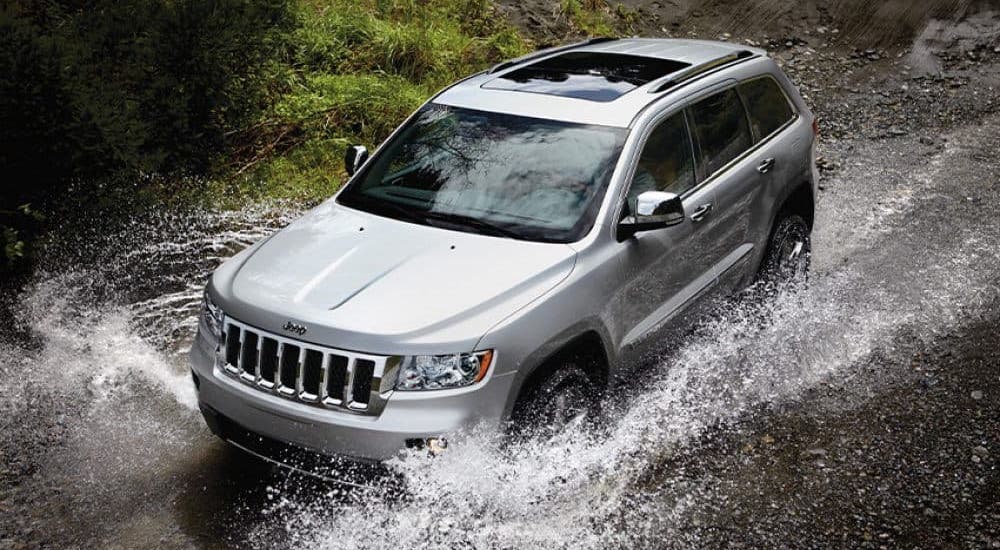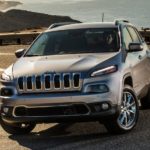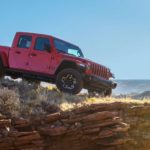Jeep’s lineup has expanded from highly capable utility vehicles to modern SUVs that exceed the needs and desires of even the pickiest car-buyer. Today’s creations are marvels of engineering. Aerodynamic design and creature comforts have displaced the rugged and utilitarian look that is the hallmark of this all-American classic. Instead of a complete makeover, Jeep has continued to produce models that are reminiscent of their early offerings. When searching for “used cars for sale near me,” you’d be hard-pressed to find a better value in brands other than Jeep.
Luckily, due to their robust construction, it’s easy to find high-quality Jeeps on the resale market. Here’s a look back at this beloved brand and a peek into what’s lasted through decades.
Early Jeep Construction and Design
Jeep’s original design was one of simplicity and effectiveness. The original model arose out of the march up to World War II. The U.S. Army’s military-industrial complex was ramping up even before the bombing of Pearl Harbor. The armored vehicles utilized in WWI were clunky and outdated, so word quickly spread to 135 different companies that suitable replacements needed to be found. Of those contacted, only three automakers responded. Jeep stepped up to the plate as Willy-Overland designed the “Quad.”
The name, Quad, was a reflection of the 4×4 system it delivered. Although Bantam was the company that was initially awarded the contract, they were unable to ramp up production enough to suit the army’s needs. So, Willy was the company whose vehicle went into production.
Four-wheel drive played a crucial part in what Jeep was capable of and would later evolve into. By enabling reliable navigation through rugged terrain, Jeep was able to take on the difficult task at hand. New engine designs were impressive for a production vehicle during that time. Combined with modern automotive technology, early Jeeps aggressively filled the gap when they were most needed.
Required for the utilization of a transfer case, the aforementioned four-wheel drive allowed for power from the transmission to be transferred to both axles, which drive shafts. The first production Jeep also used homokinetic joints, allowing drive shafts to transmit power at a variable angle with consistent rotation speed. Many of these technologies are still in use today.
The first Jeep frames and chassis are a recognized icon in the automotive world. While most vehicles of the time sought to create a more stylish design, Jeep’s look has always remained unabashedly straightforward. Its boxy frame has lasted throughout the decades, and other manufacturers have since emulated it. Jeeps were initially open-framed, sometimes with a canvas top to protect from the elements. Over time, the Jeep of the army moved into the civilian sector, and comfort-focused interior upgrades became more commonplace. Safety features, such as a roll bar or a sports bar, and seat belts were incorporated as well.
How Jeep Eventually Got Its Name
The name Jeep is derived from the classic cartoon, Popeye the Sailor Man. In an episode titled, “What’s a Jeep?” Professor Brainstine shares a complex idea for today’s science fiction standards, that was undoubtedly ahead of its time.
“A Jeep is an animal living in a three dimensional world—in this case our world—but really belonging to a fourth dimensional world. Here’s what happened. A number of Jeep life cells were somehow forced through the dimensional barrier into our world. They combined at a favorable time with free life cells of the African Hooey Hound. The electrical vibrations of the Hooey Hound cell and the foreign cell were the same. They were kindred cells. In fact, all things are, to some extent, relative, whether they be of this or some other world, now you see. The extremely favorable conditions of germination in Africa caused a fusion of these life cells. So the uniting of kindred cells caused a transmutation. The result, a mysterious strange animal.”
According to the cartoon, the creature looks like a yellow dog and can walk on its hindlegs. Similar to children’s shows of today (especially Pokemon), the character, Eugene (the mystical animal in the show), can only say one word, “Jeep.” However, he can teleport and break through solid barriers on ceilings and walls. As soldiers noticed the vehicle could be driven almost anywhere (due to its 4×4 construction), it became associated with the powers from Eugene in the show, going by the name “Jeep.”
Best Used Jeeps Under 20K
Jeep has been known to test their vehicles to the limit. By the time a new model comes out, you can rest assured that it’s had to pass through some rigorous feats of strength. Unlike other vehicles, a Jeep with a few years under its belt isn’t going to show its age. Instead, it gains character and continues to perform for years beyond its expected prime.
While it probably doesn’t come as a surprise, one of the best vehicles to sell or buy is a used Jeep Wrangler. Models built between 2012 to 2017 can generally be found under the $20,000 mark and still have lots of life left in them. Starting in 2012, Jeep introduced the Pentastar, an efficient and powerful 3.6-liter V6 engine. For supreme off-roading focus, the Rubicon trim can’t be beaten. Nonetheless, even the most basic Wrangler is equipped to handle tough conditions. A Sahara model with leather upholstery and heated seats bridges the gap between comfort and capability.
For a more refined vehicle, the Jeep Grand Cherokee can handle off-road adventures but is still well-suited for everyday use. A significant upgrade in 2014 makes 2014-2017 models an appealing bargain buy, particularly those with all-wheel drive.
Also upgraded for 2014, the Jeep Cherokee is slightly more compact and able to put out fierce horsepower without compromising on fuel economy. For 271 horsepower and 29 miles per gallon on the highway, the Cherokee’s 3.2-liter V6 offers a delicate balance. There’s also the less expensive 2.4-liter four-cylinder engines that provide 31 miles per gallon on the highway and 184 horsepower.
The 2.4-liter engine also powers the Jeep Compass, an oldie but goodie from Jeep’s classic lineup. Models from 2017 and beyond are part of a redesign with loads of cargo space. Available technology includes an 8.4-inch Uconnect touchscreen infotainment system.
For a retro-styled Jeep, many buyers opt for the subcompact Renegade. The highest trim, a Trailhawk Renegade, is fitted with all the sporty details you’d expect from Jeep, including all-terrain tires, aluminum wheels, red-painted tow hooks, and Selec-Terrain management tools. For a reasonable price, this reliable crossover offers a great package that’s both easy to maneuver and strong enough to brave the elements.
Whether you’ve been a lifelong Jeep fan for generations or just starting on your Jeep journey, it’s hard to deny the inherent coolness factor that Jeep has to offer. No other brand has stuck to its roots quite like Jeep. Instead of desperation to keep up with trends, Jeep remains steadily confident in its good bones and rugged engineering. Consistently ahead of the pack, it wouldn’t be all that much of a stretch to discover that Jeep isn’t an SUV, but rather a creature from another dimension. There’s no way to be sure until you get behind the wheel and buckle up for the ride.

